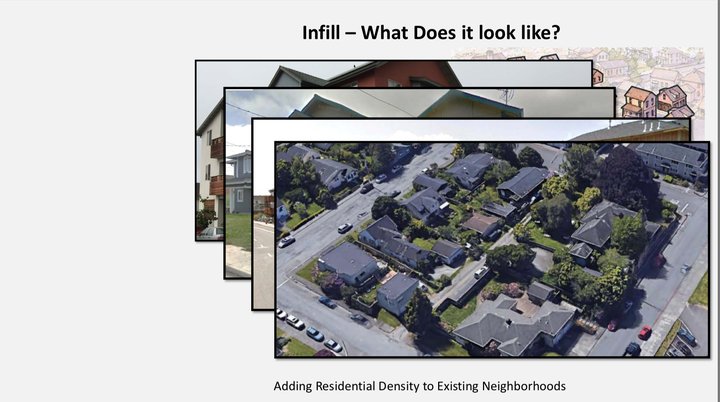
All slides courtesy of the City of Arcata
Arcata, much like the county and the state, has issues when it comes to addressing its housing needs. The city has identified the need to build 610 units in the next eight years to keep up with demand. Of the 610 units, 237 will be for the low- and very low-income households — a category that has historically overpaid, according to City data.
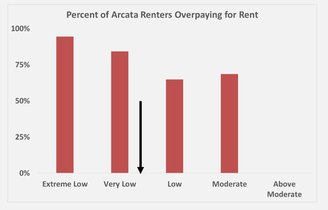
Overpaying for rent
Arcata Mayor Brett Watson said the city has “stepped up” in recent years to address affordable housing needs for low-income residents.
“Part of the challenge is land availability and the cost of construction,” Watson said. “You have to balance the role of government and private business.”
Now the city is about to put its current strategy to get more affordable housing built down on paper. Every five years, all local jurisdictions in California must file a new plan for housing development with the state — the “Housing Element” of its General Plan and Arcata is just about ready to release a draft of its latest proposal.
Watson said infill and upzoning will play a big role in how Arcata addresses its housing needs in the future. Some of the areas highlighted for these infill and upzoning projects are Valley West, the Craftsman Mall, the Creamery District and Downtown Arcata.
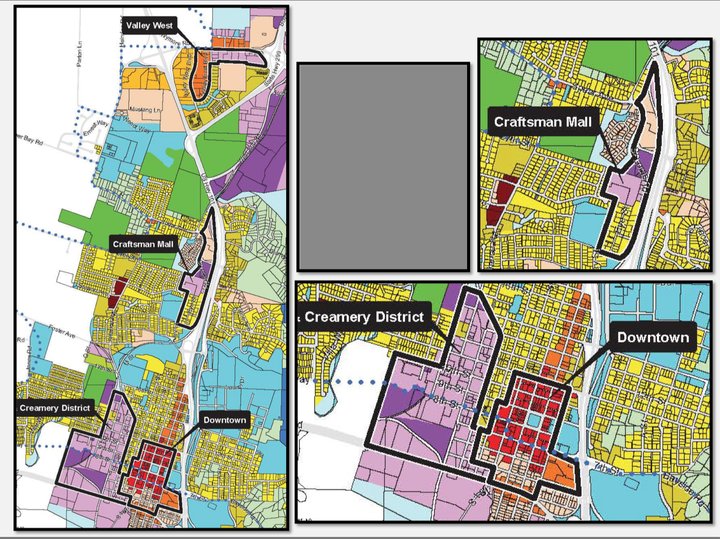
Possible rezoning areas
One of the projects currently being constructed for low-income households is the Isackson Housing Project. The project will be four stories tall and have 43 income-restricted units. The city has called this project a “paradigm shift” from how they have handled projects in the past, because of the ways it addresses both housing needs and environmental impact.
“We are doing everything on our side to try and incentivize those kinds of projects,” Watson said while also pointing out that the city approved a $1.8 million low-interest loan for the project on June 27. The total cost for the Isackson project is estimated to be $22 million.
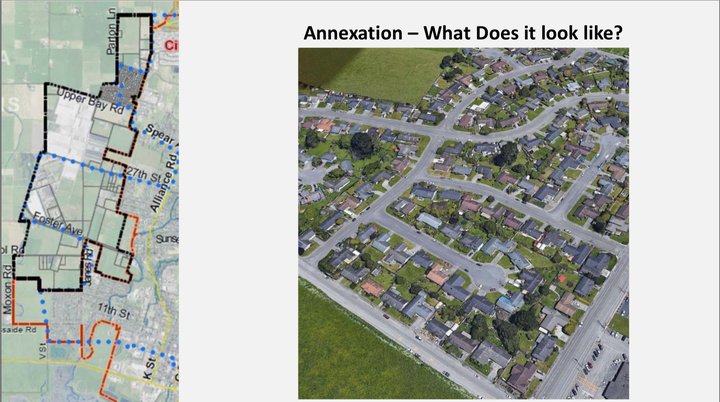
Annexation possibilities
David Loya is the director of community development for the City of Arcata, and said the city is essentially using the $1.8 million for the Isackson project as a leverage to “bring in $22 million to support the community with affordable housing.”
“We have to pull together a number of resources to make affordable housing work,” Loya told the Outpost. “The city’s part in this is in the low-interest loans for the projects. Affordable housing is a problem statewide and so we have to find new resources as the state dollars get spread around.”
Loya went on to say the city did “pretty well” in meeting the housing needs identified in the 2014 Housing Element. He said it overproduced in the moderate category, and fell just short of meeting the demands for the low income.
“We met about 70-75 percent of the housing needs that [were] allocated,” Loya said.
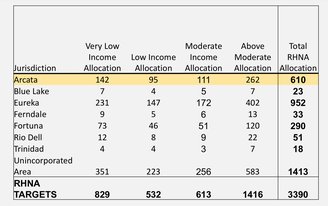
Housing units needed
Arcata plans to address housing needs in what Loya called a “three-pronged approach.” One of the “prongs” will be to issue low-interest loans to developers. The second will be to incentivize new developers to come into the area, and the last prong will be to try building mixed-income projects that will house people from various economic levels. Loya said mixed-income housing is a positive step forward in addressing social justice issues.
“It allows for an integration of the community and helps to cancel out the fears associated with affordable housing,” Loya said. “We need to encourage and incentivize projects that encourage equity.”
The focus on infill also coincides with the city’s desire to lower its environmental impact. In a Planning Commission staff report from Oct. 22, the city said infill projects help to balance “the needs of our community with the mandates from the State of California to address housing shortages, air quality impacts and the sustainability of development projects.”
Sea level rise is expected to impact the areas around south G and I Streets. Loya said the city can raise levees in the area and relocate homes, but that is a “tricky process.”
“We have to plan for people who will lose housing and property to sea level rise,” Loya said. “The science keeps changes, but we will be able to protect that area for the next 50 years.”
Another issue for those in charge in Arcata is housing for students at Humboldt State . One of the ways the city plans to address this is to continue to push forward with The Village project. The Village, if constructed, is projected to house around 600 people. The project would include housing for both students and members of the community.
“HSU students are one of the largest demographics we need to plan for,” Loya said. “They need to be able to find adequate housing here. The reports I get from students of color is that [finding housing] is an even bigger hassle for them.”
Loya said the city plans to address these issues by making sure future projects have a “strong equity component” and said the city needs to promote projects that encourage this.
A draft of the 2019 Arcata Housing Element will be out next Friday and is due to go in front of the Arcata Planning Commission on Nov. 12 for a public hearing. The Housing Element will be in front of City Council on Dec. 4, but before then Loya wants Arcatans’ feedback.
“We really want the Housing Element to be a document the City of Arcata embraces and make sure it reflects the community’s desires,” Loya said. “I encourage everyone to come out and tell us what they think.”
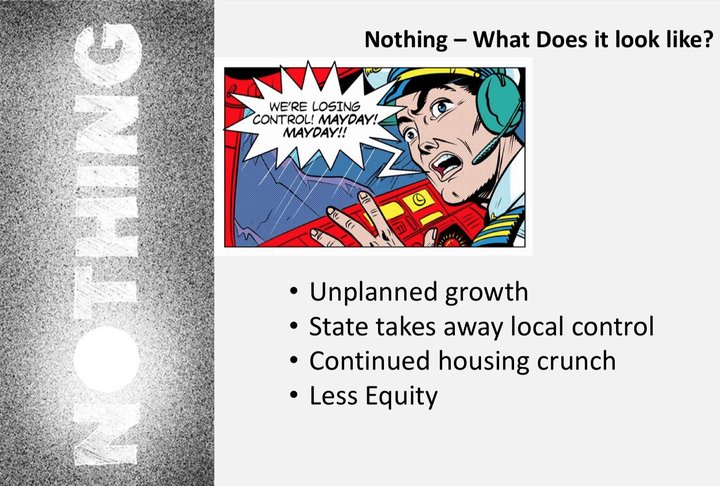
What happens if we do nothing
CLICK TO MANAGE